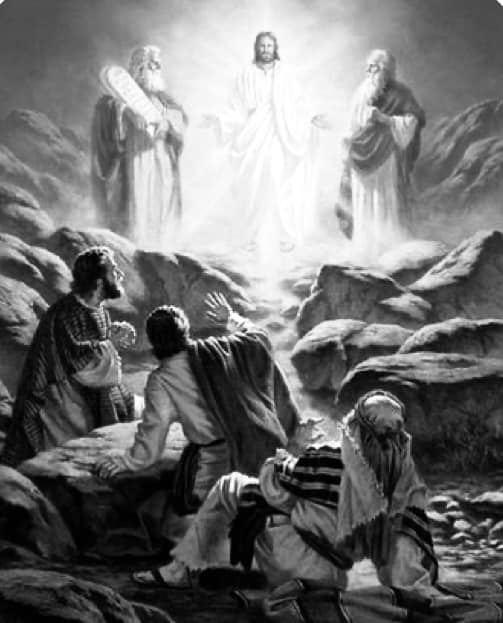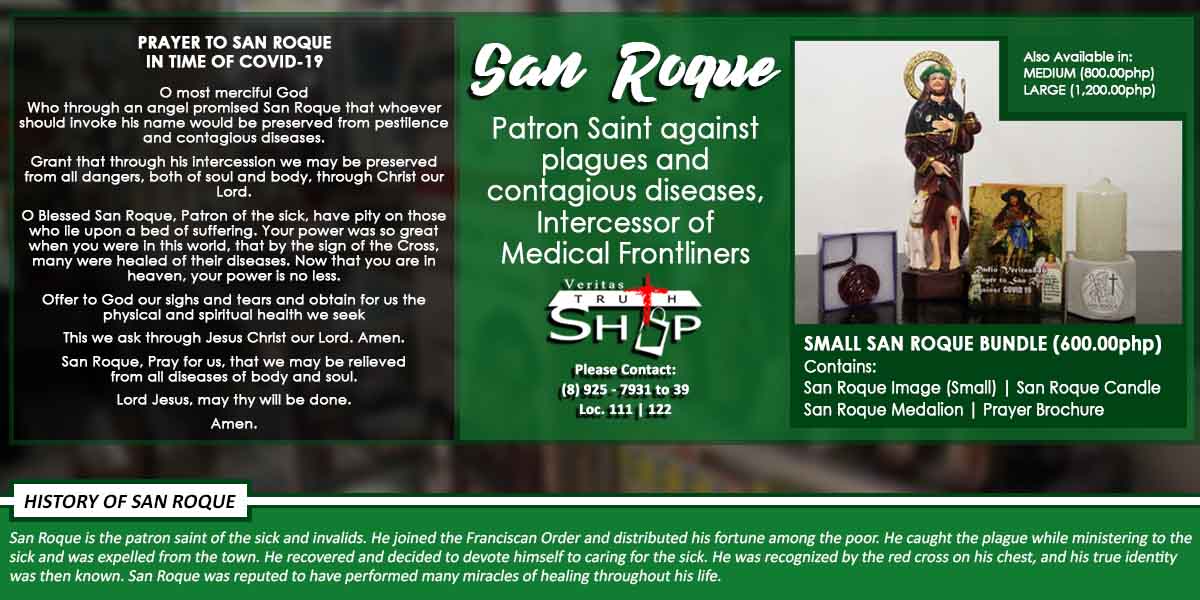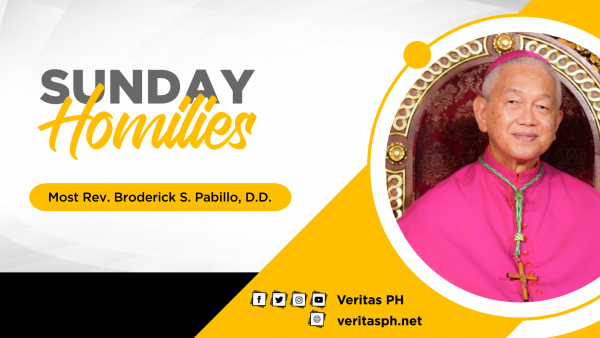2,245 total views

The Feast of the Transfiguration may have originated early from the three basilicas on Mt. Thabor and was celebrated in Syrian, Byzantine, and Coptic rites as early as the 9th century. In 1456, the Kingdom of Hungary repulsed an Ottoman invasion of the Balkans by breaking the siege of Belgrade. News of the victory arrived in Rome on August 6. To commemorate the victorious event, Pope Callixtus III elevated the Transfiguration to a Feastday to be celebrated in the universal Church. In 2002, Pope John Paul II selected
the Transfiguration as one of the 5 Luminous Mysteries of the Rosary.
All the synoptic gospels narrated the account of the transfiguration of Jesus, Mk 9:2-10; Mt 17:1-9; Lk 16:28-36, and read each year cycle on the Second Sunday of Lent, (cf s1S#20 Son of Man,
Year B; s1S#76 Exodus, Year C; s1S#127 Beloved, Year A).
“metamorphoõ” ( μεταμορφόω ), which means “to transform or transfigure” (Mt 17:2) is exclusively used for this one-time event, i.e., the transformation of Jesus’ physical appearance before his three disciples granting them a momentary glimpse of his heavenly glory. The term would be appropriated for believers describing their spiritual renewal of the mind (Rom 12:2), into the likeness of Christ in glory (2 Cor 3:18).
In this event, the three disciples witness a glimpse of His eternal glory and radiance as the Son of God and the Second Person of the Most Holy Trinity. This experience gives strength and hope to the disciples who were most likely struggling with the idea that Jesus would soon die and that they would have to follow in His footsteps, dying themselves. By this fleeting view of His divinity, and by understanding He is the fulfillment of the Old Testament, the future Apostles were strengthened to live out the mission to which they were called.
As we celebrate the feast that prefigures the glory of the resurrection of Jesus we are all assured of that day when we shall share in his glory if only we patiently endure our passion and cross in following the Lord. Let us all then unite our sufferings with His so that one day we may partake in the glory of eternal life in Heaven as He promised. Amen.
Beloved
Just like the account of the temptation of Jesus, his transfiguration is also narrated by all the synoptic gospels (Mk 9:2-10; Mt 17:1-9; Lk 16:28-36). Following the position of many biblical scholars who acknowledge the priority of Mark, both Matthew and Luke draw from Mark many features of their story. But each has its theological perspective, (cf s1S#20 Son of Man, 2/28/21; s1S#76, Exodus, 3/13/22).
With Matthew’s fulfillment motif throughout his gospel, Jesus is recognized by the Father, as his Son (Ps 2:7), as the favored servant of the Lord (Is 42:1), and as an end-time prophet like Moses (Dt18:15), all three proclaimed in the heavenly voice’s statement (v5). These point to Christ as the unique fulfillment of these major biblical terms. As Son, he is described as “agapētos” ( ἀγαπητός, an adjectival form of the verb to love found around 60 times in NT), meaning “(dearly) beloved”, “well-loved”. It is a specification about sonship that is not present in Ps 2:7 and is expressive of a special love relationship between the heavenly Father and the Son. It links with the voice of Jesus’ baptism (3:17) and confirms Peter’s earlier confession (16:16). As the servant of the Lord, it alludes to Isa 42:1, the beginning of the first Servant Song, casting Jesus in the role of the Servant of Yahweh and highlighting his obedience to the will of the Father through suffering by which He was well pleased. The fulfillment motif of Matthew is further underlined by the presence of Moses and Elijah, representing the law and the prophets as they converge on the person of Jesus, both important end figures (v3), while the final remark of Jesus (v9) previews the resurrected Christ, the glory that will be his after his servant role as the Son of Man is brought to completion.
Jesus as the Son of God, the Servant of the Lord, and the Son of Man is the beloved emissary of God’s redemption. His mission was accomplished, it made us beloved in Christ who brought us all from death to life. May our celebration of this mystery of salvation make us truly God’s beloved children by sharing in the sufferings of Jesus so that we may share as well in his glory one day. Amen.

















